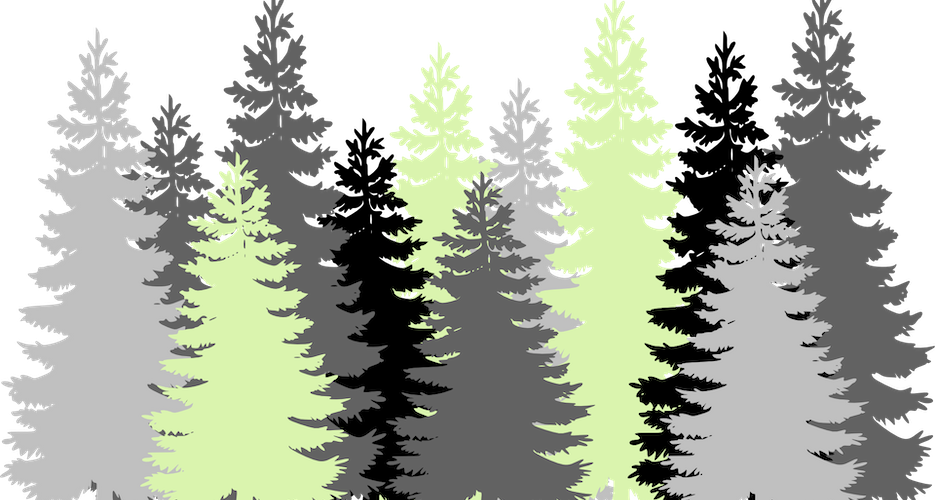About the Author
Andrea Valentino
Andrea Valentino is a journalist based in New York. His work has appeared in, among others, The Economist and The Independent. He occasionally tweets.

Get behind the headlines
|
Analysis Widespread deforestation threatens to leave North Korea buried in the pinesIllegal logging and Chinese timber demand have devastated DPRK forests, posing a possible threat to the regime  If you’d picked up the Rodong Sinmun on March 2, the story of the day would have been clear. Right on the front page, the Pyongyang daily exhorted citizens to work, not in harvesting wheat or smelting iron, but in planting trees. North Koreans should strive together, the paper urged, battling with a “patriotic mind” to “transform all the mountains of the fatherland into mountains of gold and treasure, lush with green forests.” Forests have long been a key symbol of the regime’s prosperity, and Tree-planting Day has been a yearly event in the DPRK since 1946. But between economic collapse and ecological mismanagement, the country lost around a quarter of its trees between 1990 and 2005, with environmental and humanitarian disasters trailing in the wake. © Korea Risk Group. All rights reserved. |